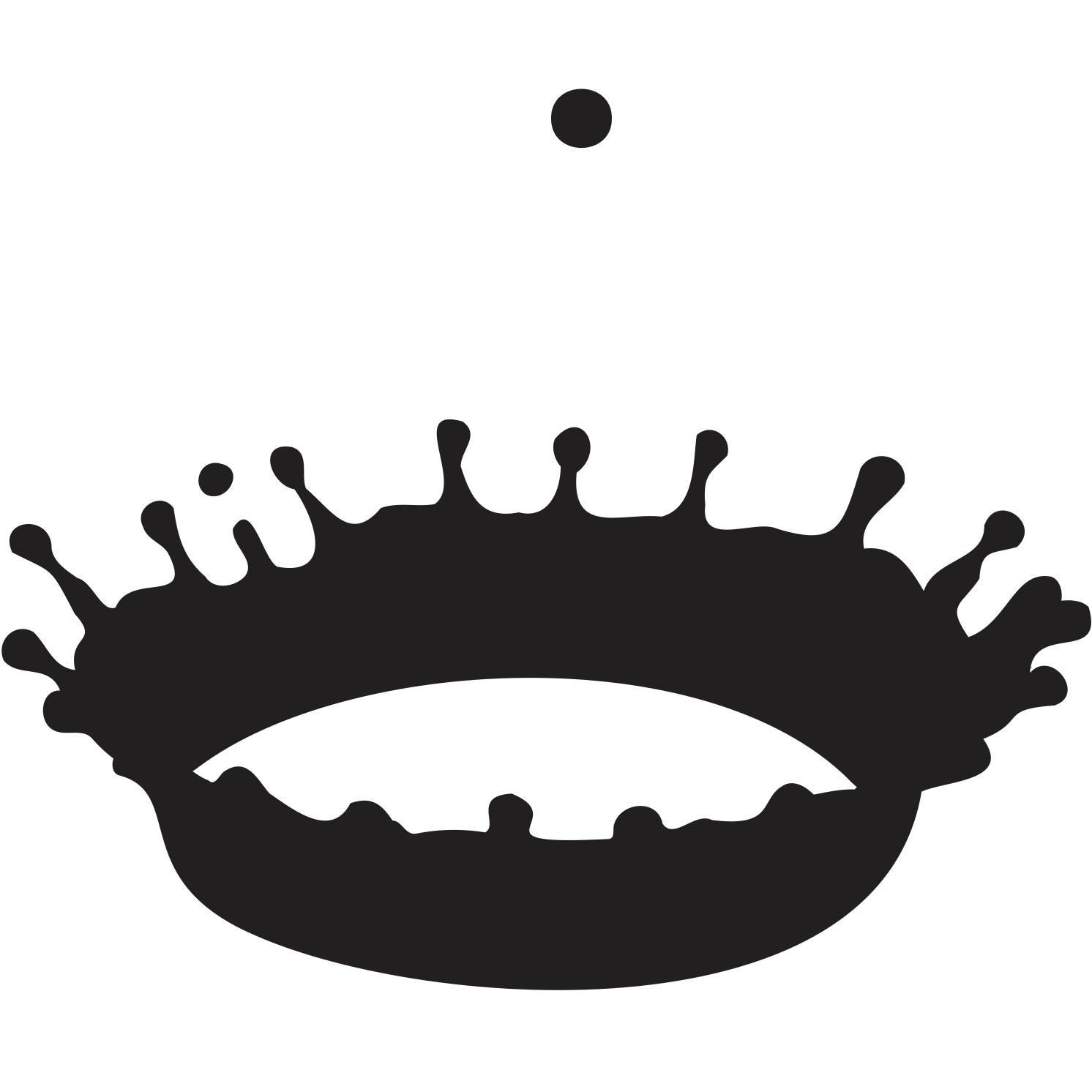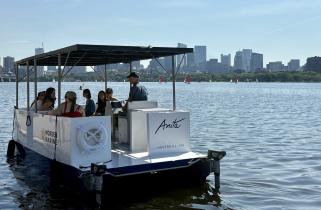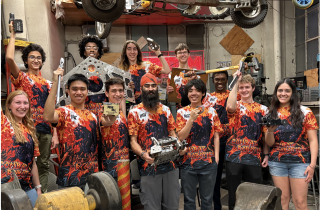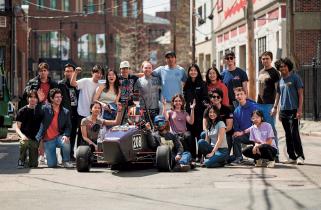Technical Instructor Pat McAtamney empowers student-led engineering teams
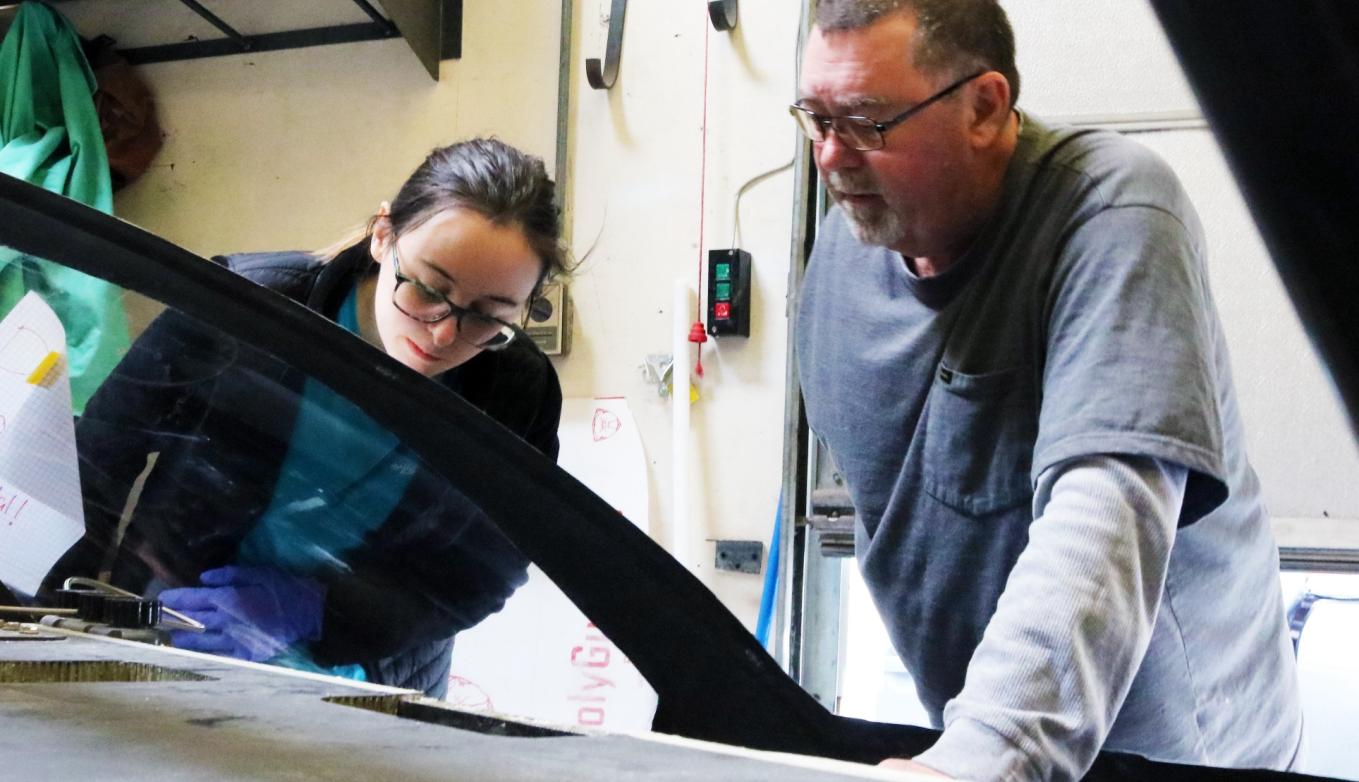
At the Open House for the Edgerton Center Clubs and team this past September, Technical Instructor Pat McAtamney cheerfully grilled hundreds of hot dogs and burgers for a long line of hungry students outside his N51 shop. “They ate every single burger. I didn’t even get one,” he laughs. His continuous smile throughout the event underscored his wholehearted dedication to his roll. Pat plays a pivotal role in guiding the Solar Electric Vehicle Team, Motorsports team, and other Edgerton Center teams in design and fabrication. Additionally, Pat oversees operations in the N51 garage's machine shop.
McAtamney came to MIT in 2002, having worked as a research machinist on the Hubble telescope, on space shuttle radar systems, and in the biomedical industry. He was a Technical Instructor in the Department of Mechanical Engineering, teaching 2.008 (Design and Manufacturing II) for 11 years before he took over management of the Edgerton Center’s N51Garage. But his dedication extends far beyond the expectations of a shop manager.
A home for women students to thrive
The N51 Garage, nicknamed “Area 51” has advanced tooling that includes CNC lathes and milling machines, an injection molding machine, and a water jet cutter – all making it possible for teams to create almost any part they need. The garage is filled with notes and memorabilia left behind to inspire current students. When McAtamney first inherited the shop in 2013, it looked very different than it does today. “There were hardly any women,” he says. McAtamney made a point to encourage women students to join teams and run for leadership positions. One of these students, Cheyenne Hua ’19 enthuses, “As a freshman I had no idea how to do anything in the shop, and Pat took me under his wing and taught me how to turn a wheel hub on the lathe during IAP. He gave me confidence that I could hold my own in this world, being a city kid with almost no hands on experience, and after that my education really took off.”
Once women were in leadership positions, a snowball effect took place and female membership jumped to about 50%. McAtamney noticed that with more women captains, communication improved and teams scored higher at competitions. “I think there's a big correlation between more communication on the teams that have been brought on by female membership and the success of the teams,” he says. Most recently, theSolar Electric Vehicle Team won the American Solar Challenge two years in a rowwith a majority of women leads.
Inclusion was ingrained into McAtamney’s life from a young age. Growing up with four sisters, he recalled, “My parents were very strict with how my two brothers and I treated my sisters. You respected them. My sister Jo-Ann played street hockey with us. She was a year younger than me, but she's playing street hockey with me and ten of my friends, and if she wanted to play, she played.”
Reflecting on the evolving dynamics in the shop, McAtamney remarked, “When I used to come down here, it would be 25 guys and two women hanging out here and the guys would be fighting over how to design something. And now cars get built, the projects get built, it's a rush to get them done, but they all get done. And they're all competitive in every competition they go.”
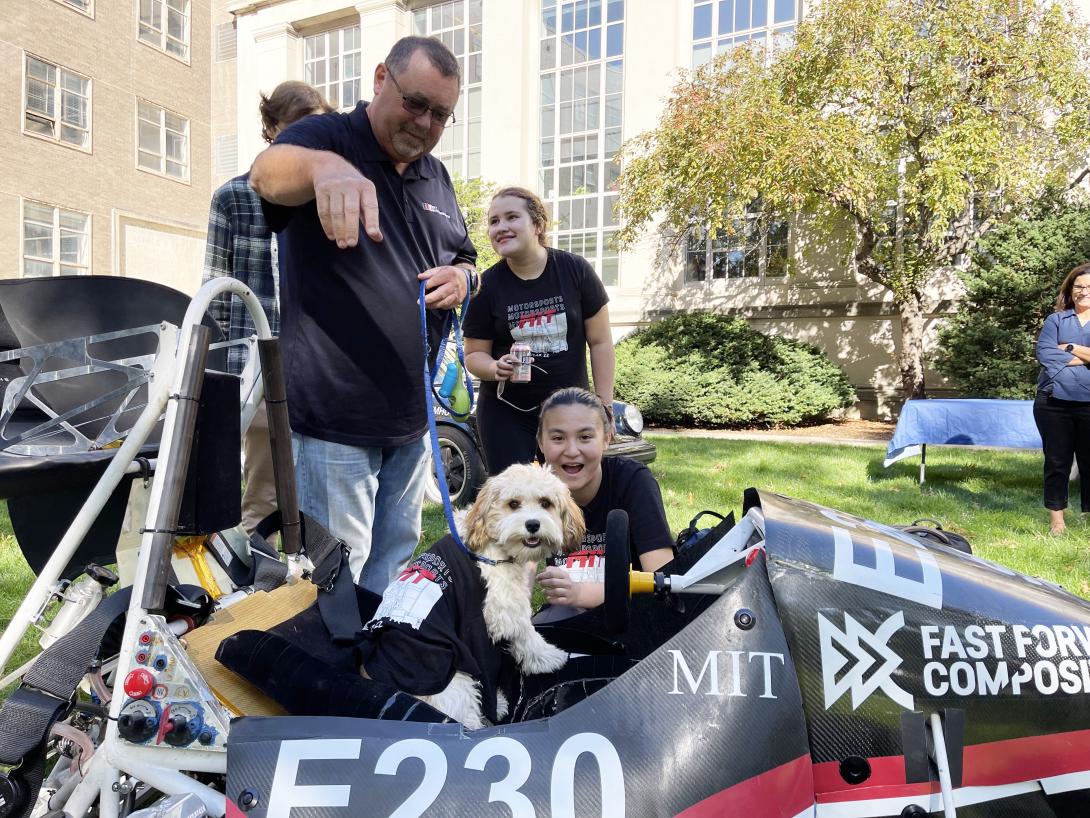
A culture of service and community
McAtamney gets out of the shop about twice a year to accompany students to competitions around the world, where students constantly surprise him – in a good way. “Don't ever underestimate the MIT student. They're always capable of surprising the heck out of you by doing something that you really didn't think they were going to do,” he says.
The motorsports competition of 2018 stands out in McAtamney’s mind as a time when the sportsmanship of his students surprised him.
Led by Cheyenne Hua ’19, the motorsports team appeared to have won the race but was disqualified on a technicality when they exceeded the allowed power output by a couple of watts for a fraction of a second due to pressing the gas too quickly at the beginning of the race. “In my mind, they won,” McAtamney said with teary eyes. He offered to take the students out for a consolation dinner instead of attending the awards ceremony, but the students said they wanted to attend the ceremony. Watching them congratulate the winning team despite their disappointment filled him with pride.
McAtamney says that team members frequently venture off to help other teams solve an issue. “I've seen the battery lead for the MIT, either Solar Car or Motorsports, take off for the day and go help that team solve the problem. Or if we have spare parts that could fit one of their cars, they bring the parts over to that team and help them.” It’s no surprise that the Solar Car team also won the sportsmanship award at several competitions in a row.
Teams also gave back to the surrounding communities. At the 2015 World Solar Challenge in a remote mining town of Coober Pedy, Australia, the Solar Car team came across a jewelry store and discovered the store’s owner was struggling to get his 3D printer working. “What do you think happens in the store with an MIT student?” McAtamney asked. Students spent an hour fixing the printer and showing the shop owner how to use it.
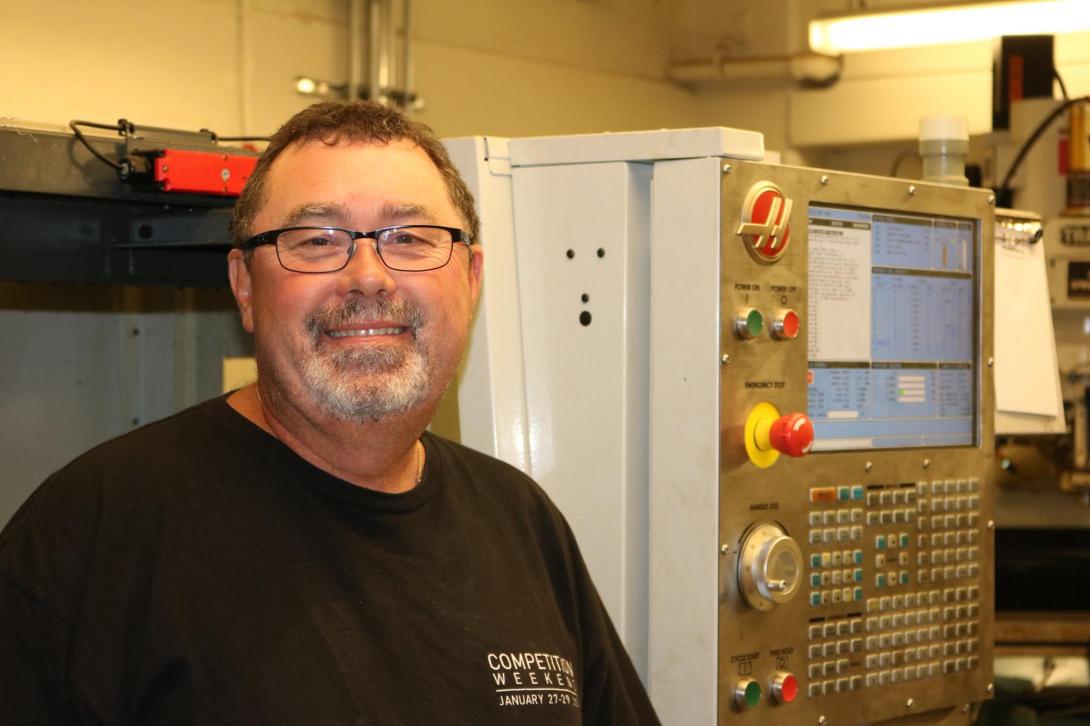
The Socratic Method
McAtamney’s teaching approach leads students to the answer by asking questions. His method aligns with Edgerton’s famous quote: “The trick to education is to not let them know they are learning something until it is too late.” Having students do everything themselves distinguishes MIT from many other institutions, whose competition teams are directed by faculty rather than the students themselves, and many parts are outsourced.
“It's very easy for a student to come to me and say, hey, Pat, these two pieces are supposed to press together. And I measure them and they should press, but they're not pressing. And I could tell them a solution. Well, you can take this one, throw it in the freezer, in five minutes, it's going to press together. But you tell them, hey, just go research the thermal expansion of material. And if they struggle to a point, then I'll sit there and discuss with them different things and kind of point them the way without actually saying: put it in the darn freezer.”
McAtamney’s teaching has empowered students to solve complex problems on their own – preparing them for their careers as engineers. This intense discipline is the reason companies like Tesla and SpaceX frequent the garage to recruit their next engineers. Cheyenne Hua ’19 now works at SpaceX and is one of many alumni who still keeps in regular contact with Pat. “Pat was and is the backbone of the student teams,” she says. “But he doesn't just run the shop, he really teaches us by letting us figure stuff out ourselves but is always there to guide. I would go so far as to say that what I learned from Pat is serving me just as well in my current structures engineer job at SpaceX as any of my coursework.”



